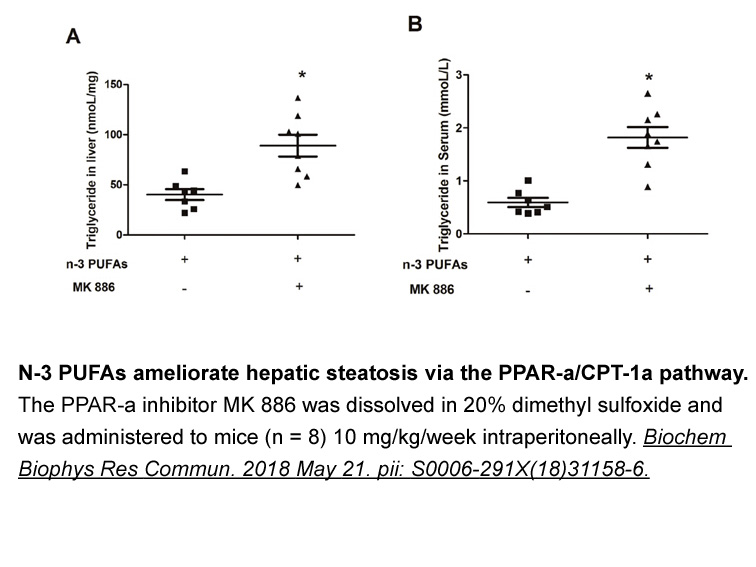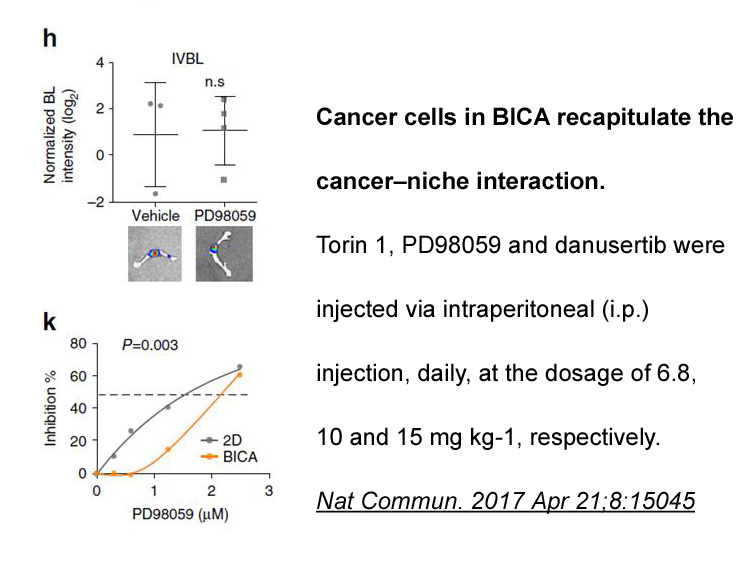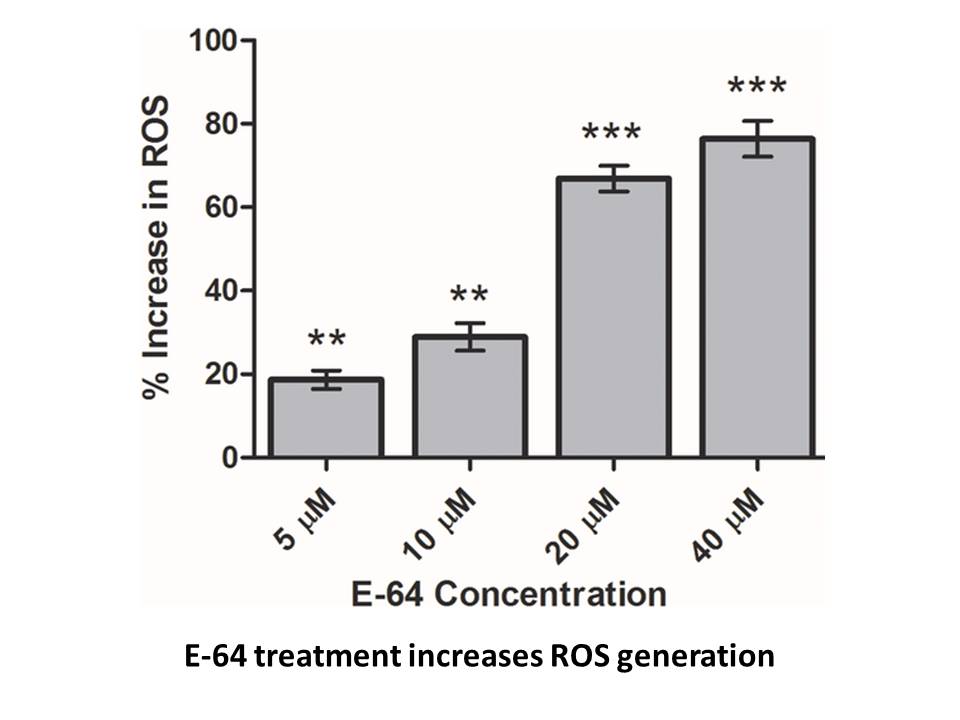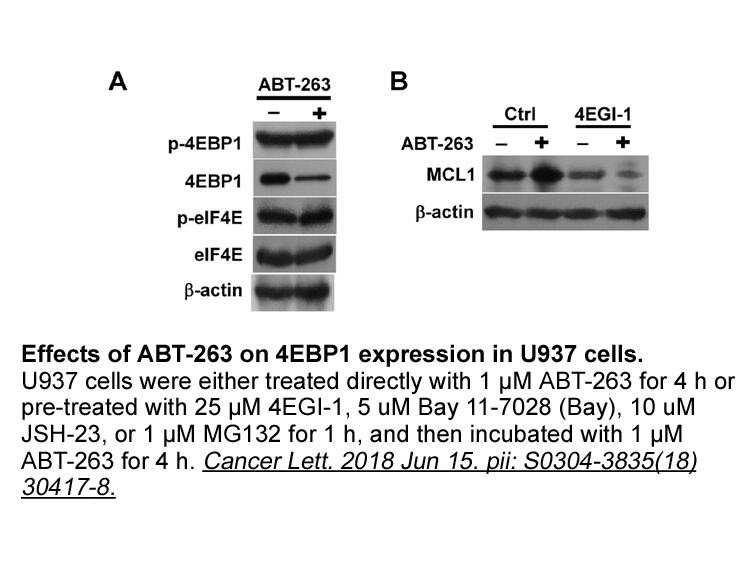Archives
- 2025-12
- 2025-11
- 2025-10
- 2025-09
- 2025-03
- 2025-02
- 2025-01
- 2024-12
- 2024-11
- 2024-10
- 2024-09
- 2024-08
- 2024-07
- 2024-06
- 2024-05
- 2024-04
- 2024-03
- 2024-02
- 2024-01
- 2023-12
- 2023-11
- 2023-10
- 2023-09
- 2023-08
- 2023-07
- 2023-06
- 2023-05
- 2023-04
- 2023-03
- 2023-02
- 2023-01
- 2022-12
- 2022-11
- 2022-10
- 2022-09
- 2022-08
- 2022-07
- 2022-06
- 2022-05
- 2022-04
- 2022-03
- 2022-02
- 2022-01
- 2021-12
- 2021-11
- 2021-10
- 2021-09
- 2021-08
- 2021-07
- 2021-06
- 2021-05
- 2021-04
- 2021-03
- 2021-02
- 2021-01
- 2020-12
- 2020-11
- 2020-10
- 2020-09
- 2020-08
- 2020-07
- 2020-06
- 2020-05
- 2020-04
- 2020-03
- 2020-02
- 2020-01
- 2019-12
- 2019-11
- 2019-10
- 2019-09
- 2019-08
- 2019-07
- 2018-07
-
In the belief that DNA based
2019-10-10

In the belief that DNA-based nanosensors and DNA microarrays should be easier to operate, faster, more accurate and more economically viable than PCR-based techniques, an electrochemical DNA biosensor was designed for detection of G. boninense[9], [10]. This was developed based on a gold electrode m
-
Finally our results suggest that R may
2019-10-10

Finally, our results suggest that σ2R may, at least partially, mediate the hunger-suppressive action of amphetamine by interacting with orexigenic receptors in CRF2R-OX1R heteromer contexts. Despite extensive evidence supporting the formation of GPCR oligomers in heterologous systems, the lack of ap
-
Mild cognitive impairment MCI is a clinical transitional sta
2019-10-10

Mild cognitive impairment (MCI) is a clinical transitional stage between normal aging and Alzheimer disease (AD) [1]. Approximate 15–30% MCI patients convert to AD annually. Although many efforts have been taken to prevent the conversion from MCI to AD [2], [3], there are few biomarkers to predict
-
As shown in Figs a
2019-10-10

As shown in Figs. 3(a) and (b), with the SO effect, the absolute values of the VDEs change by at most 0.19eV. Table 1 also shows that the observed peak splitting energies in the Sm-Ho complexes were reproduced even without the SO effect. Considering its significant importance in the electronic struc
-
The present study is the
2019-10-10

The present study is the first time to investigate the effect of piperine on intestinal sterol transporters and enzymes in the small intestine. NPC1L1 is a sterol transporter responsible for taking up cholesterol from the lumen to enterocytes (Davis et al., 2004). ACAT2 is an enzyme, which esterifie
-
br Introduction Receptor tyrosine kinases RTKs
2019-10-10

Introduction Receptor tyrosine kinases (RTKs) are critically involved in the development and progression of human cancers and are therefore useful targets for anti-cancer therapies [1]. The Eph receptors represent the largest subfamily of receptor protein kinases and interact with ligands called
-
In normal chow fed mice
2019-10-10

In normal chow fed mice, EP4 deficiency also decreased the expression of CYP8B1, the downstream target of CYP7A1. Similarly, knockdown of EP4 with small interfering RNA reduced the expression of CYP8B1 in HepG2 cells. Therefore, it was anticipated that there would be an increased expression of CYP8B
-
br Materials and methods br Results br
2019-10-10

Materials and methods Results Discussion COX-2-mediated production of PGE2 is involved in cell growth and metastasis of many cancers. Previous studies indicated that COX-2 was overexpressed in many cancer tissues and that PGE2 increased cancer cell growth, a process that could be suppressed
-
Structural changes within the heteromer induced by agonist a
2019-10-09

Structural changes within the heteromer induced by agonist administration show a high level of complication. The presented results obtained in quantitative FLIM-FRET measurements with two selective ligands match the qualitative conclusions indicated by changes in the intracellular calcium level. The
-
Phosphatase Inhibitor Cocktail 2 (100X in ddH2O) br Conflict
2019-10-09

Conflict of interest Acknowledgments We thank Jianru Zuo (Institute of Genetics and Developmental Biology, Chinese Academy of Sciences, Beijing, China) for providing fbr11-1 seeds. We are grateful to Carol MacKintosh and the DSTT at the University of Dundee (UK) for anti-RD21 antibodies. This
-
Our study demonstrates that the
2019-10-09

Our study demonstrates that the duration of storage under the conditions analysed did not have a major effect on the recovery efficiency for any of the swabs (Fig. 1). However, up to 4-fold differences in the recovery efficiencies were observed between the different swabs tested (Fig. 2). Using the
-
Tacrine amino tetrahydroacridine I Fig was the first AChEI
2019-10-09

Tacrine (9-amino-1,2,3,4-tetrahydroacridine) (I, Fig. 1) was the first AChEI to be approved by the Food and Drug Administration (FDA) for the treatment of AD [25], [26], [27], [28]. However, despite its good AChE inhibitory activity, tacrine was far from ideal due to its low bioavailability and shor
-
br Acknowledgments Denise Fernandes acknowledges a postdoc f
2019-10-09

Acknowledgments Denise Fernandes acknowledges a postdoc fellowship (SFRH/BPD/34289/2006) from the Portuguese Fundação para a Ciência e Tecnologia (FCT) of the Ministry of Science and Technology of Portugal. This work was supported by the Spanish National Plan for Research (Project Ref. CGL2011-24
-
Several effective strategies have been developed to design
2019-10-09

Several effective strategies have been developed to design activatable MR probes according to the Solomon, Bloembergen and Morgan (SBM) theory, including modulation of the number of inner-sphere water molecules (q), the rotational tumbling time (τ) and the residence lifetime of inner-sphere water mo
-
Just as Dorin et al and Nguyen et al write
2019-10-09

Just as Dorin et al. [2] and Nguyen et al. [3] write in regard to their models, our static model can be used to estimate the affinities of selective serotonin reuptake inhibitors to albumin and CBG. Dorin et al. [2] estimates the K, but not K, since they find that their model is not particular sens
14729 records 944/982 page Previous Next First page 上5页 941942943944945 下5页 Last page